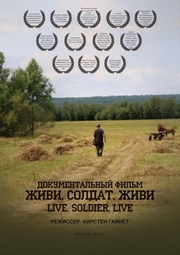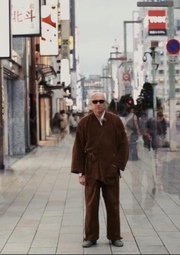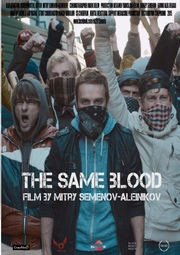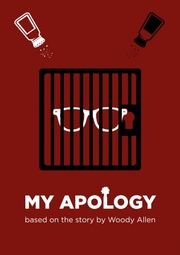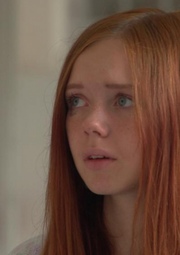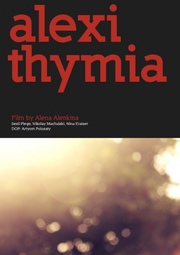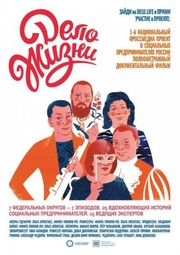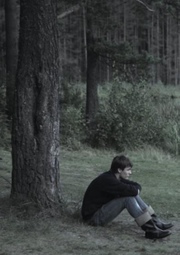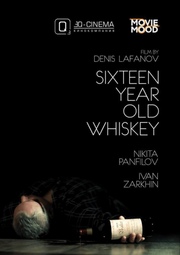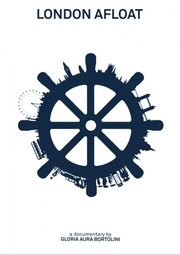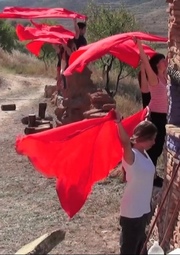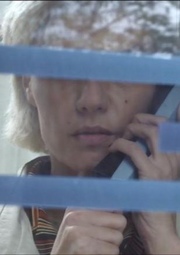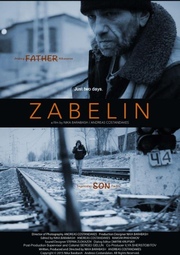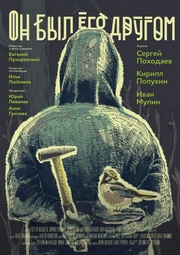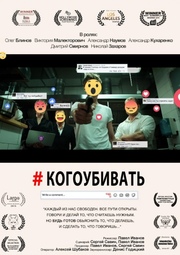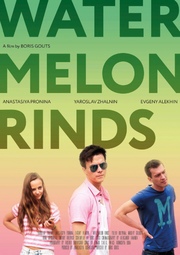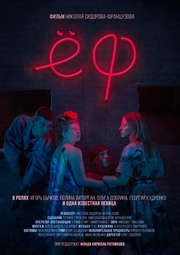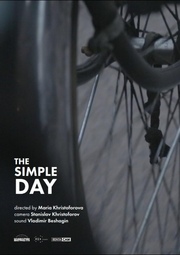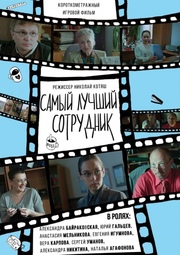This post was previously published on Seed&Spark’s blog and appears here with their permission.

You made a movie! Congratulations. Your baby is ready to get on its feet and wander out into the big world of festivals. But where do we start?! If you’ve done even a basic search on “best film festivals,” you’ll find the results are endless. With all the avenues available, it can be totally overwhelming to decide where to submit. Through trial-and-error with my two short films “Daisy” and “In Touch,” I’ve come up with a few tips that can help you sift through your options, and give your baby the best chance at success.
1. Know your budget.
Submission fees range anywhere from free to over $100, with the majority falling somewhere in the $40 range. For my first short “Daisy,” a very experimental silent film, I spent almost the same amount on festival submissions as I did for the entire production of the film— $900 or so. That got me submitted to 30 festivals, of which I got into three.
Going into the submission process I didn’t have a set budget, or a plan. As I went along, I began to refine my tactics (I started submitting to cheaper, more local festivals), but my uninformed start led to me spending way more than I should have. For my second short “In Touch,” I did my research and was much pickier because I had an even smaller budget. I spent about $400 on a dozen submissions and got into five festivals. That’s almost a 50% acceptance rate! Now, you may want to spend well over $1000 on festival submissions. That’s great! Hopefully by following these tips you’ll be able to get the return you want on your investment.
2. The early bird gets the worm.
Almost every festival has a series of deadlines: earlybird deadline, regular deadline, late deadline and extended deadline. Guess which deadline has the cheapest submission fee? Yup, the earlybird! Not only will you get your film into the minds of the programmers first, but you’ll also pay less money to do so. Create a schedule of submission deadlines as part of your festival research. You’ll save money and have better odds of being selected. Win-win!
3. Go big or go home?
One of the main goals we filmmakers have when approaching festivals is being able to screen at a big brand name festival—Sundance, Cannes, Toronto, etc. We all want those fancy laurels on our poster. Not surprisingly, they tend to have the priciest submission rates. (At least Cannes Court Metrage gives you a full refund if you don’t get in!). Keep in mind that these festivals are really tough to get into. More people submit to them and they’re highly selective, so your odds are pretty slim. Consider your specific goals for your film: Are you trying to find distribution for your film? Are you pitching a feature from the short film you made? If so, big brand name festivals are a great place for forging those kind of connections. However, if your goals are to showcase your talent locally, meet potential collaborators and experiment, stick mainly to the smaller, local festivals.
Another tip for big festivals is to find ones that have a category for your niche, which leads me to my next point…
4. What do you mean “you people”?
As a lady director, I have a whole slew of niche categories opened up to me. Plenty of festivals have a female filmmaker category, on top of the fact that there are tons of festivals that are entirely dedicated to women filmmakers. So, find your people. Is your cast ethnically diverse? Are you a film student? Are you Hispanic? Are you a Hispanic film student? Is your content related to a specific social issue? Did you make a micro-short? Does your film pass the Bechdel test? Search for festivals with categories that apply to the filmmakers and the content of your film. You’ll be increasing your odds of acceptance, as the field will be much narrower.
5. Location, location, location.
Thinking from the festival programmers’ perspective, sure they want to screen great content, but they also want to put on a great program. This means having the filmmakers and cast present at events, Q&As, and on carpets. If you live somewhere outside of LA and NY, check out ALL the local fests because they want you there. Even if you are in a big city, still make sure to submit locally. When I submitted “In Touch,” I made sure to stay local to Los Angeles, and it paid off.
6. Do some digging.
After you’ve found the festivals that fit your niches and locations, you’ll want to do some specific research on each one. This sounds tedious, but you’d be surprised at the number of fests that are total scams. For example, if a festival only lasts for one weekend, that’s a red flag. It means that they can only accept a limited number of films. Go to their website (if they don’t have one, that’s another red flag), and check out their venue(s). Some fests might only go for one weekend, but they rent out a beautiful multiplex and screen over 100 films. That’s great! But if the venue is some weird stage in the back of a club and they only screened a couple dozen films last season, you might want to skip it. Your chances of getting in are slim, and even if you do get in, odds are it’ll be a shady experience. Find fests that are well represented online and in the press, have solid venues and accept a high number of films.
7. Make friends.
This is more of a suggestion for your next round, but whenever you do get into a festival, do everything you can to promote it. Tweet about it, share it on Facebook, share it wherever and as much as you can (without being obnoxious). You’re giving them free press and they (especially newer festivals) really appreciate it. Then when you submit to them again, they’ll remember how cool you are and how you helped grow their audience.
Also, start growing your own following. If I was a festival programmer and had to choose between two equally great films, but one already had a built-in audience, I’d pick the one that will help grow awareness for my festival. So go tweet, like, right now.
8. Don’t get upset.
You will not get into the majority of the festivals to which you apply. It’s okay! As an actress, I deal with rejection all the time. I’ve learned never to take it personally—there is a litany of reasons you got rejected and most of them have nothing to do with the quality of your work. You might not get into a festival because of your film’s length, your distance from the festival, the fact that they already accepted another film that’s similar to yours or because your film is just plain terrible. Kidding! But seriously, be prepared to knock on a lot of doors before your film finds a home. (As an example, my boyfriend’s award-winning short film, “Four Winds” premiered at Cannes Court Metrage. It’s a 34-minute western told from the Native perspective and shot on 35mm. It’s a high-quality film. It got accepted into 23 festivals and rejected from about 60. Rejected 60 times! Just a head’s up, that can happen).
I hope these tips help you and your movie baby feel safer in the big festival world! Best of luck!
Source: www.indiewire.com




